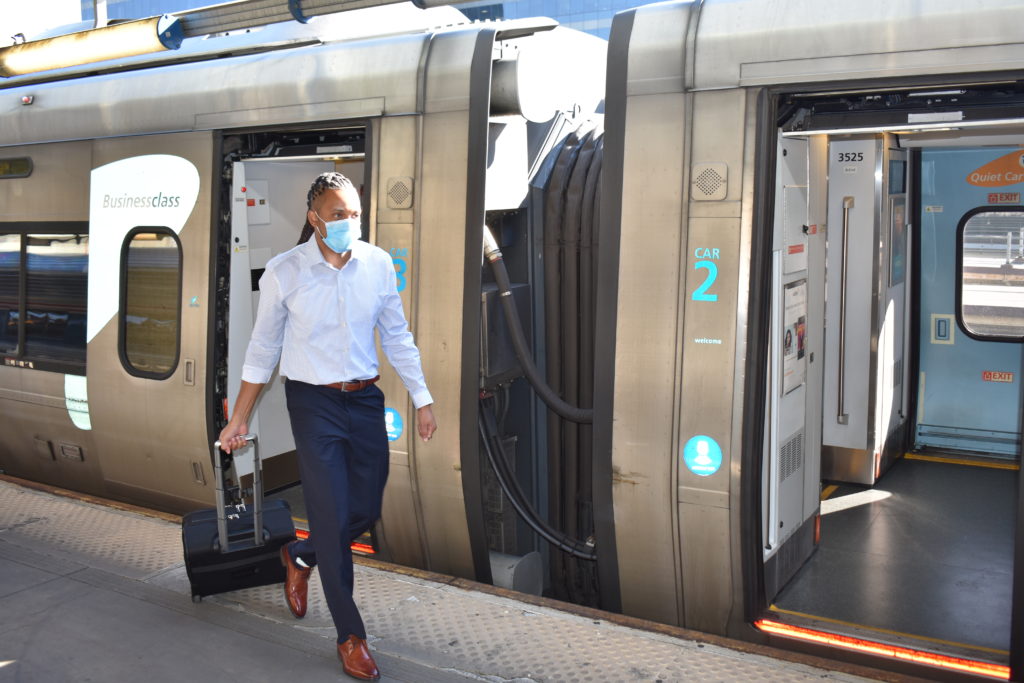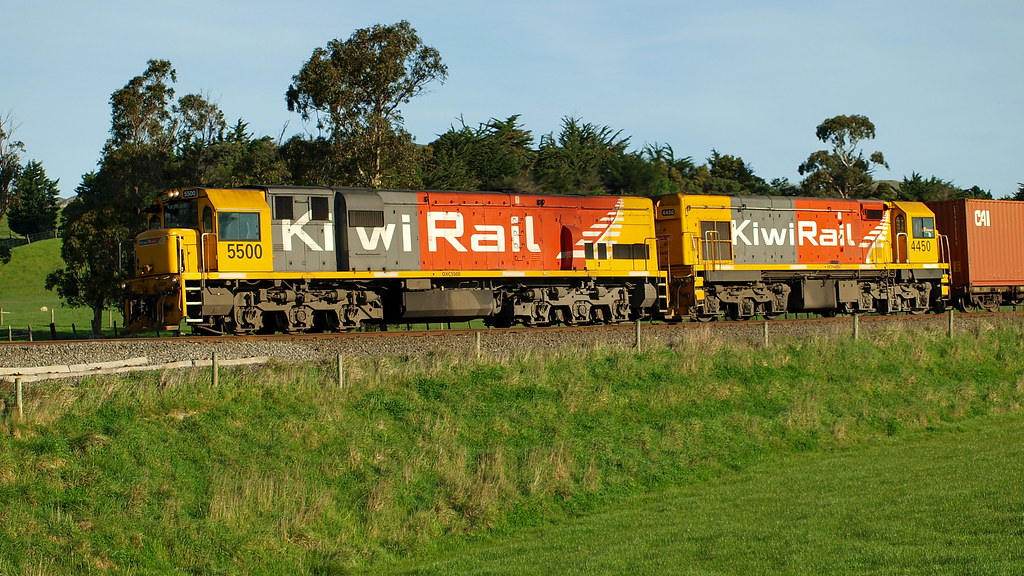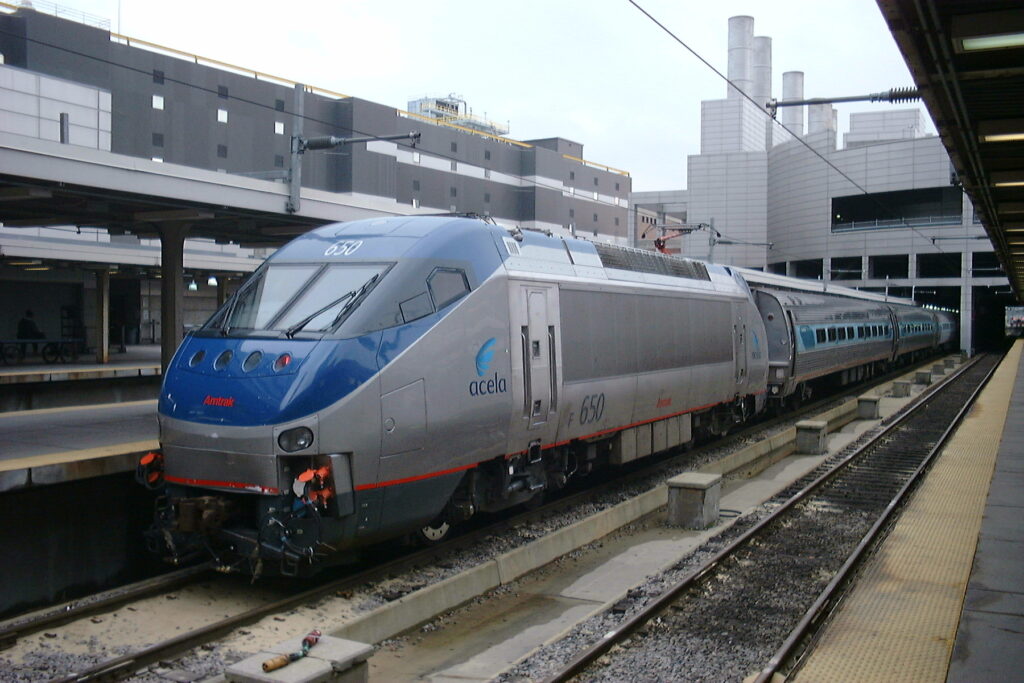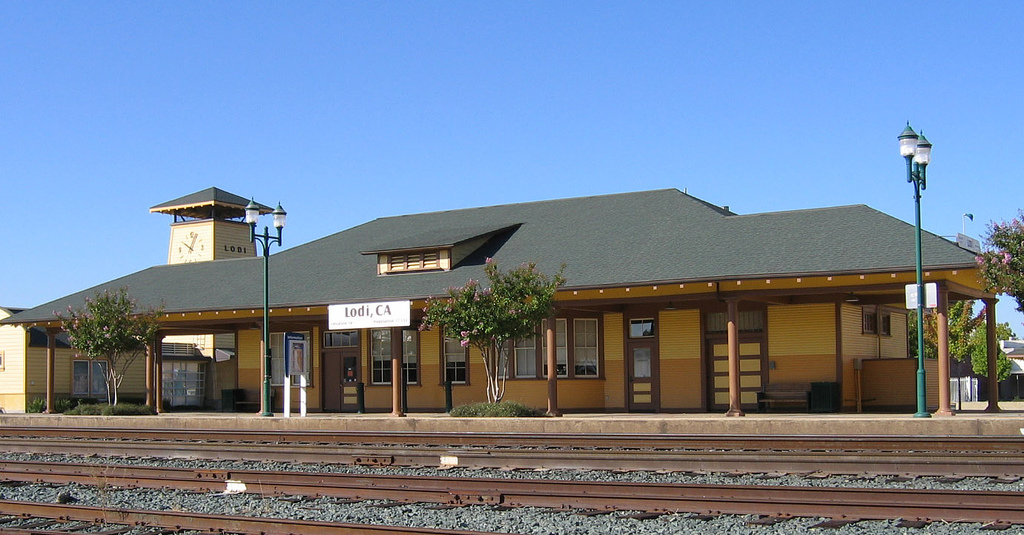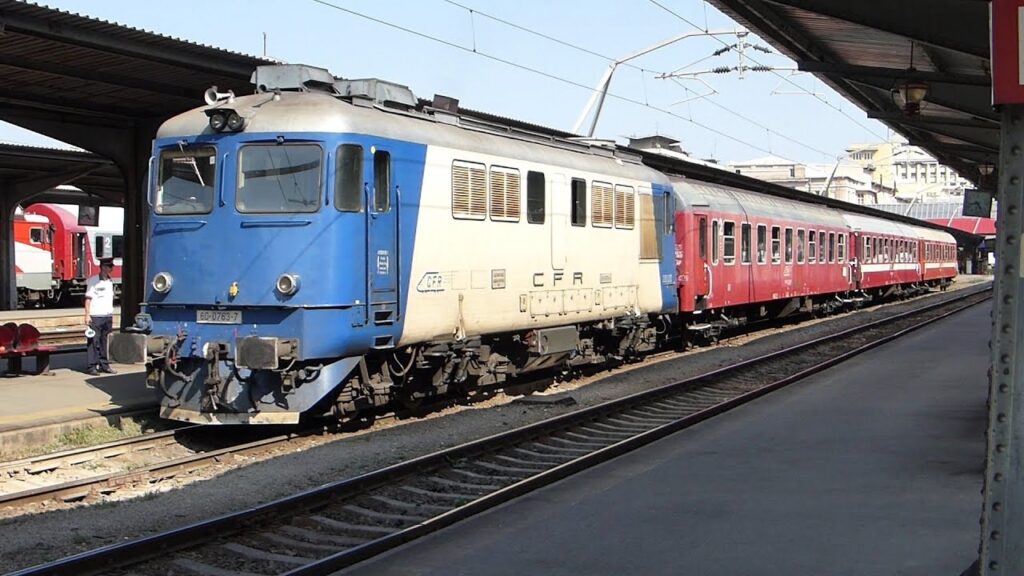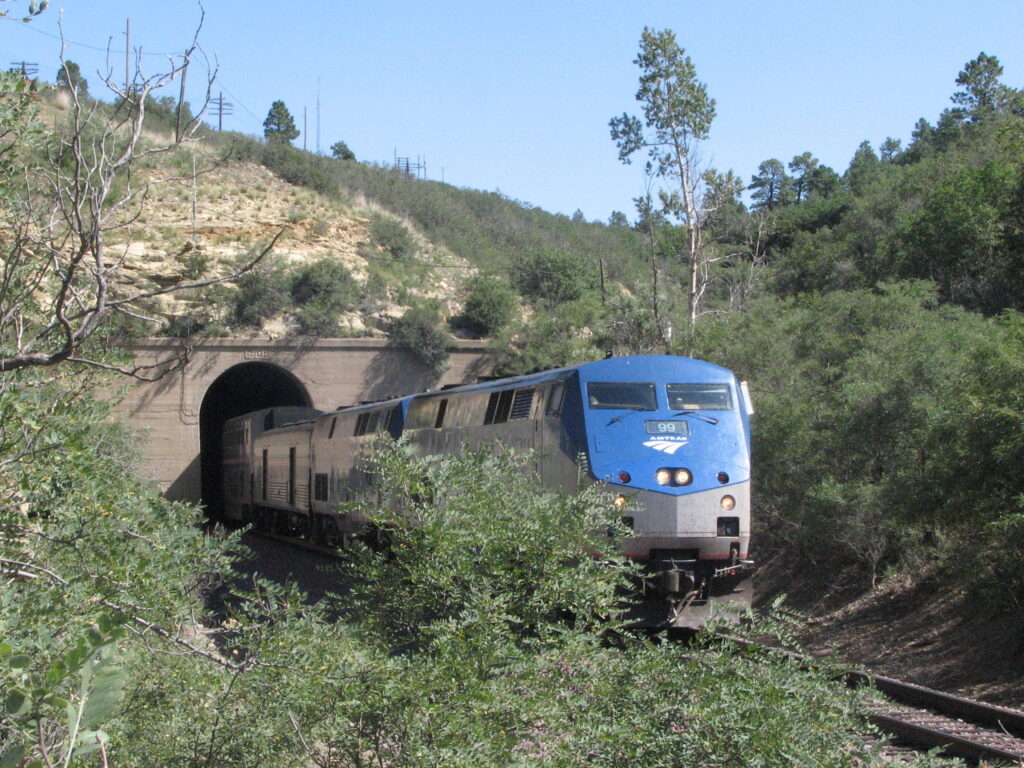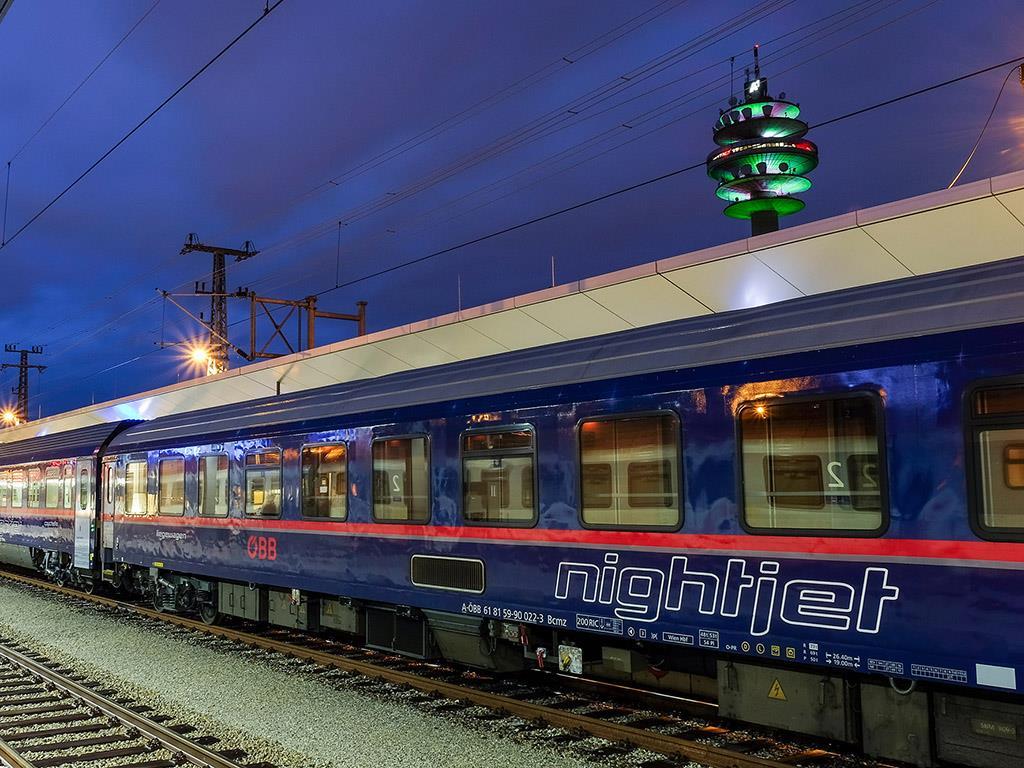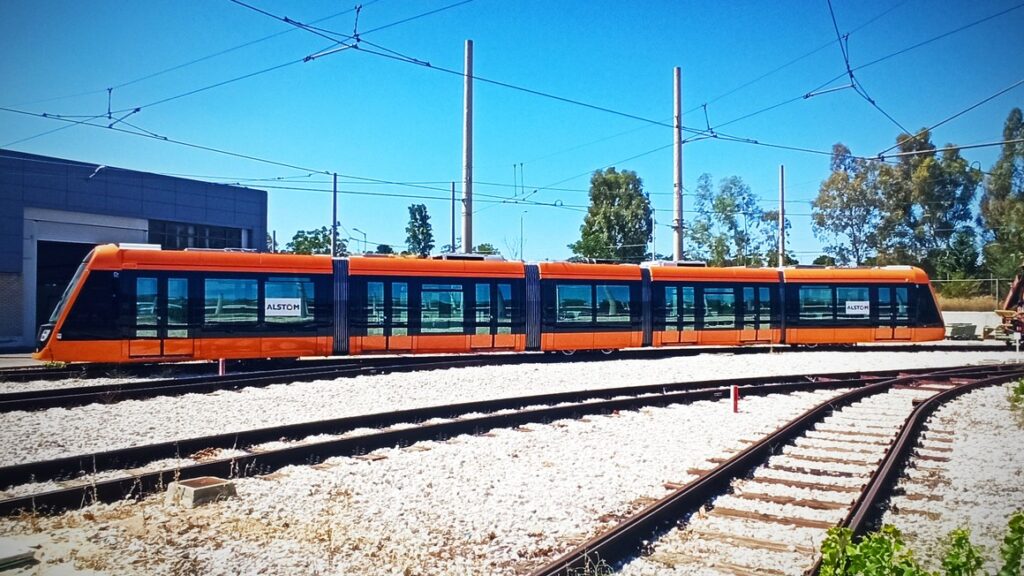KiwiRail Announce Trains Have Resumed Service on Wairoa-Napier Line
Log trains are running again on the Wairoa-Napier line from this weekend. Services were suspended earlier this year as a result of COVID-19’s impact on the forestry industry. KiwiRail Chief Operating Officer Todd Moyle says…
